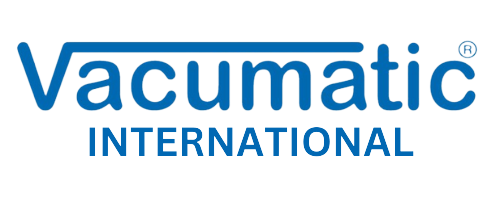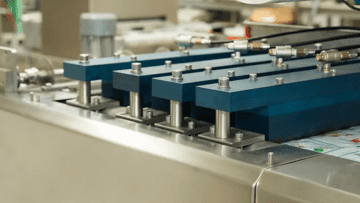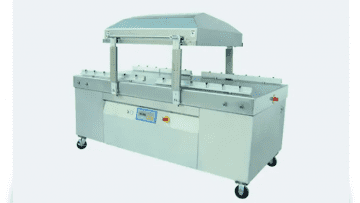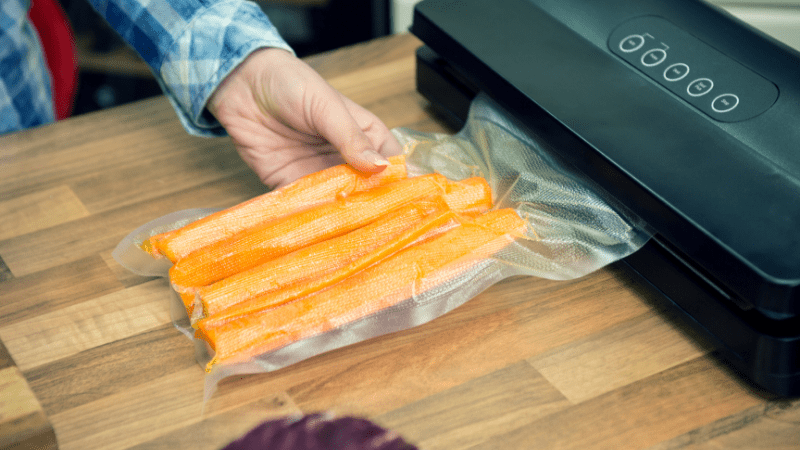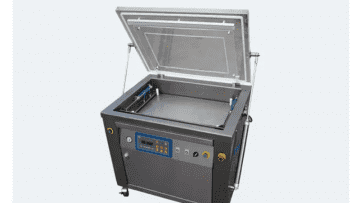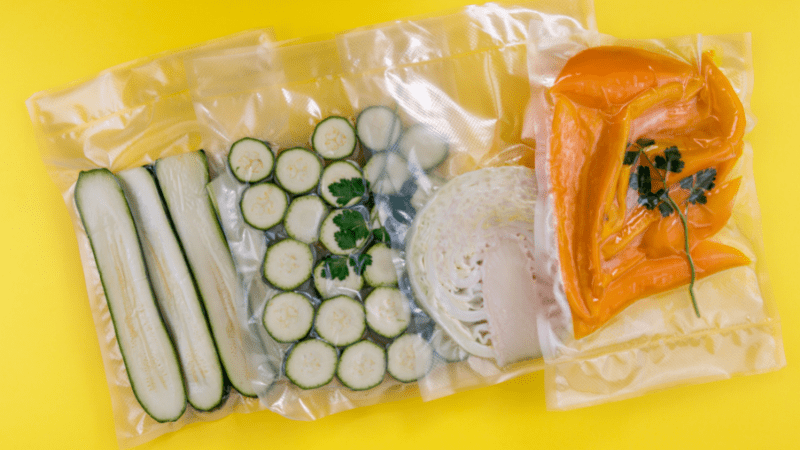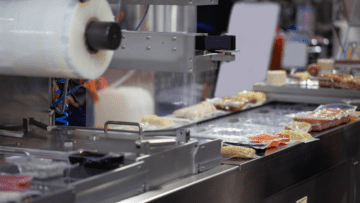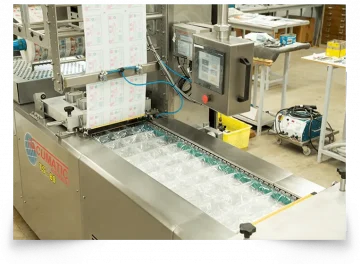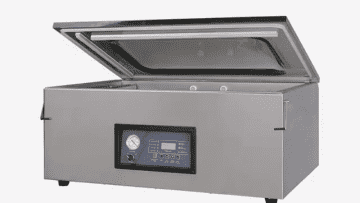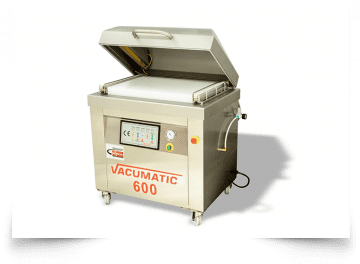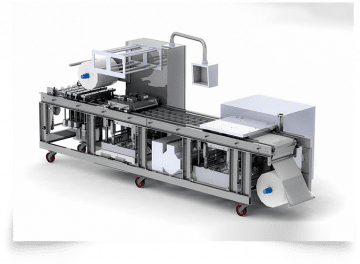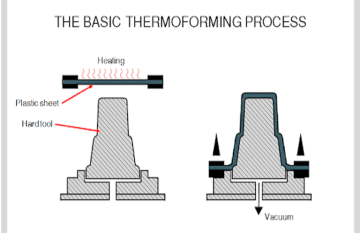A thermoforming machine is also known as a blister machine. It is said that this machine sucks thermoplastic plastic rolls such as PVC, PE, PP, PET, HIPS, etc., into different shapes of high-quality packaging decoration boxes, frames etc.
At present, the common products on the market include blister packaging for daily necessities such as blister packaging for hardware, blister packaging for auto supplies, blister packing for electronic products, blister packing for food, cosmetics, computer peripherals, for toys, sports goods, stationery, etc.
The common products of thick blister include the following; household appliances, inner shell, luggage, car interiors, bumpers, mudguard, beauty equipment, light box shells, toy car shells, and other blister machines are used in the plastic packaging industries.
The application of thermoforming machines is said to be very wide. After understanding the principle of the blister machines, we understand their use. Many common items in our daily life can be manufactured with it.
The industrial blister moulding machine has many benefits such as it has strong specification adaptability, easy mould manufacturing, and high production efficiency. The machine saves a lot of manpower and resources. It is a great deal of help for industrial manufacturing process.
Defining Thermoforming
Thermoforming is a plastic manufacturing process in which the plastic is heated to convert it into different shapes. The converted plastic then gets cooled down and is trimmed to give it a finishing touch. Thermoforming machines are used to heat and stretch the pliable thermoplastic sheet on the mold. New thermoforming machines are equipped at handling trimming and cutting processes and for more conventional machines, trimming and cooling may be done externally.
Materials such as thermoplastics are used for thermoforming processes. Other materials such as ABS, polystyrene, polycarbonate, PETG, etc., are also used in the process. The choice of materials also depends on the manufacturing project and on the characteristics of the produced item.
Thermoforming is used in the manufacturing packaging for various other industries such as agricultural products, pharmaceutical products, consumer goods, domestic appliances etc. Besides, it is also used in manufacturing durable end-use parts like aircraft components, material handling equipment, automobiles, and medical equipment.
If we compare it to other conventional manufacturing processes, thermoforming enables manufacturers to produce small to large volumes of packaging at an affordable range. The ability to use almost all types of thermoplastics to produce good quality, end-use items are another big benefit of the process.
However, the disadvantages of thermoforming are as follows:
- It is restricted to producing thin-walled designs, uneven thickness, and limited versatility for manufacturing parts with complex designs.
- Manufacturers interested in leveraging thermoforming can use this guide to gain insight into amplifying the benefits, limiting the disadvantages to reduce cost and improve productivity.
Properties
The thermoforming polymer has the following;
- High-density polythene (HDPE) – Strong, lightweight and good plasticity.
- Polypropylene (PP) – Also strong and lightweight.
- Good heat chemical resistance and high oxygen barrier.
Applications
The modern food supply chain uses different thermoformed articles like meat trays, microwaves, ice-cream, margarine tubs, deep freeze containers, snack tubs, delicatessen tubs, bakery, and sandwich packs, vending drink cups, etc. are just a few of the food-related applications of thermoforming.
